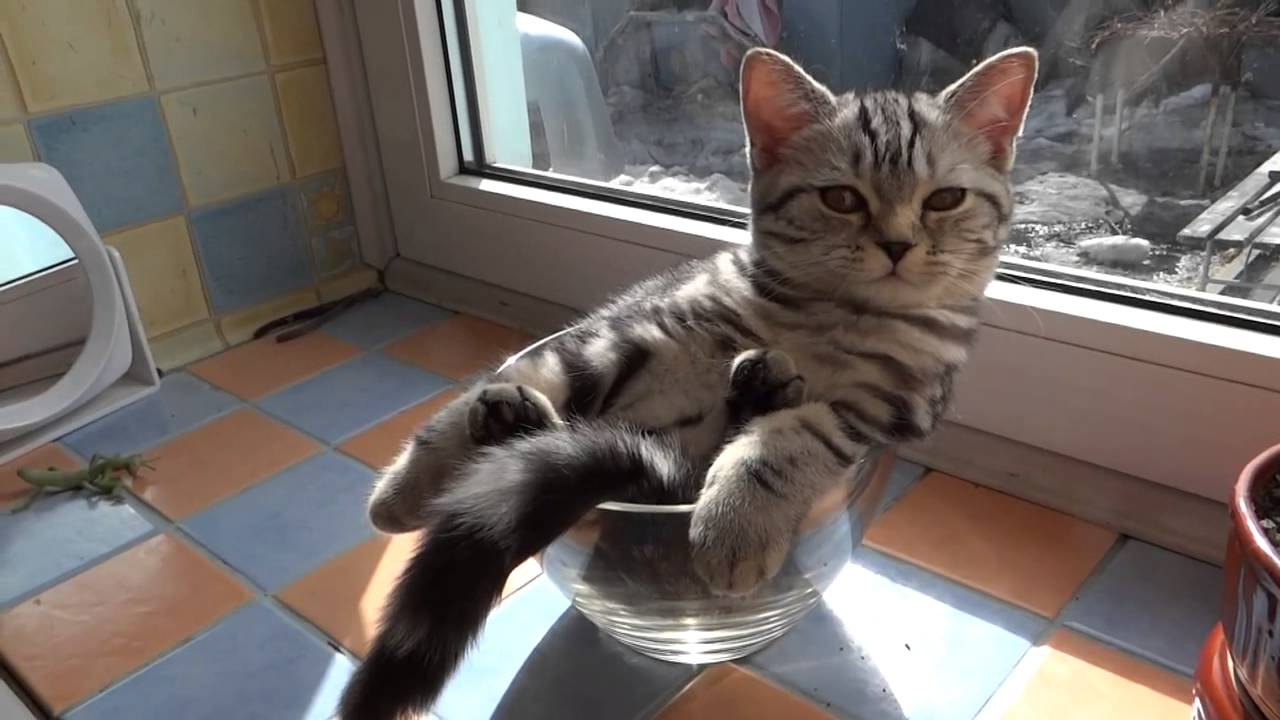Cats are strange. They constantly seem to be plotting to kill you or to take over the world. They lend their name to quantum physics thought experiments or grinning characters from children’s tales. They come up with creative yet actually very annoying ways to brighten your day, and they only participate in science experiments when they feel like it.
Cats are strange and the scientific community at least agrees on this fact. A 2014 study wondered what the physical nature of cats was, asking the very important question: are cats solid or fluid?*
Fluid dynamics for some very fluid cats.
Marc-Antoine Fardin used a scientific approach to answer the question “Can a Cat Be Both a Solid and a Liquid?”
Here was his conundrum:
Cat’s are generally assumed to be solid. You know, you can touch them and they feel pretty solid. But on the other hand, cat’s fit into really small spaces and can seemingly adjust their form to the container they are in – a property usually attributed to fluids. This is commonly known in internet circles as “I fits, I sits.”

(Image credit: unknown)
The author takes a rheological approach (rheology = the study of the flow of matter) to try to differentiate between whether the deformation of a cat is solid deformation or fluid flow. Solids can be deformed, especially if they are soft. Think Play-Doh, which can take any shape while keeping the same volume as opposed to honey, which can also take any shape while keeping the same volume but can be poured.
To me, “Can a cat be poured?” is the question worth asking, and this might be difficult to test without ending up with a lot of scratches.
Reading the paper, I was starting to think the author didn’t take his research very seriously (among his acknowledgments he thanks two people – or cats, I don’t know – for “providing a reliable technique to load Felis catus in different geometries: 1.Bring an empty box; 2. Wait.”). That said, studying the physical nature of cats could bring us closer to understanding the nature of matter itself. More recent experiments are promising:
It seems that the duality of cats extends beyond dead or alive.
Source:
“On the Rheology of Cats,” Marc-Antoine Fardin, Rheology Bulletin, vol. 83, 2, July 2014, pp. 16-17 and 30.
* The study won the 2017 Ig Nobel prize for Physics. The prize awarded to science that first makes you laugh and then makes you think. To be honest, it makes you think that the whole thing was a joke in the first place. It probably was.


